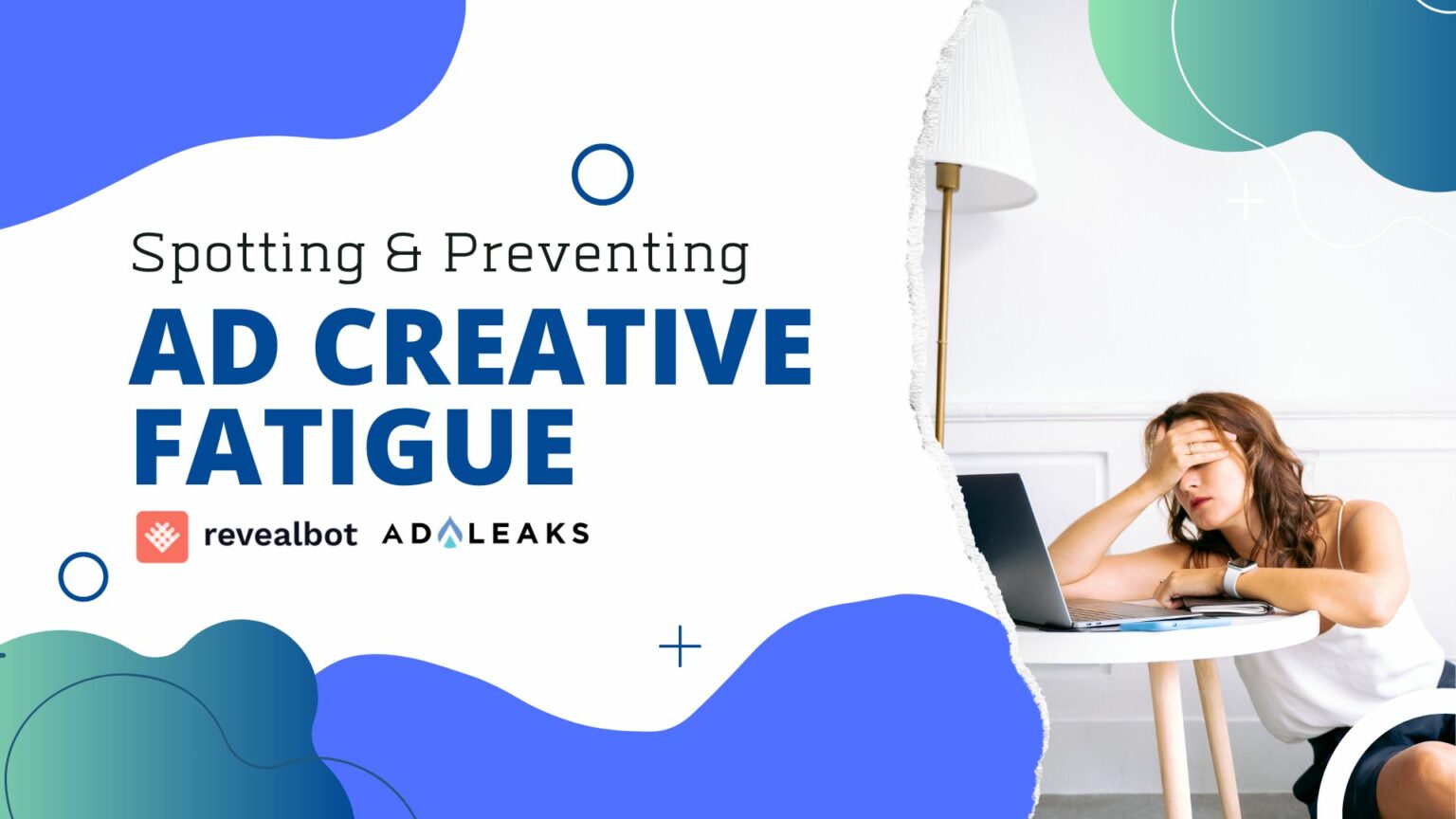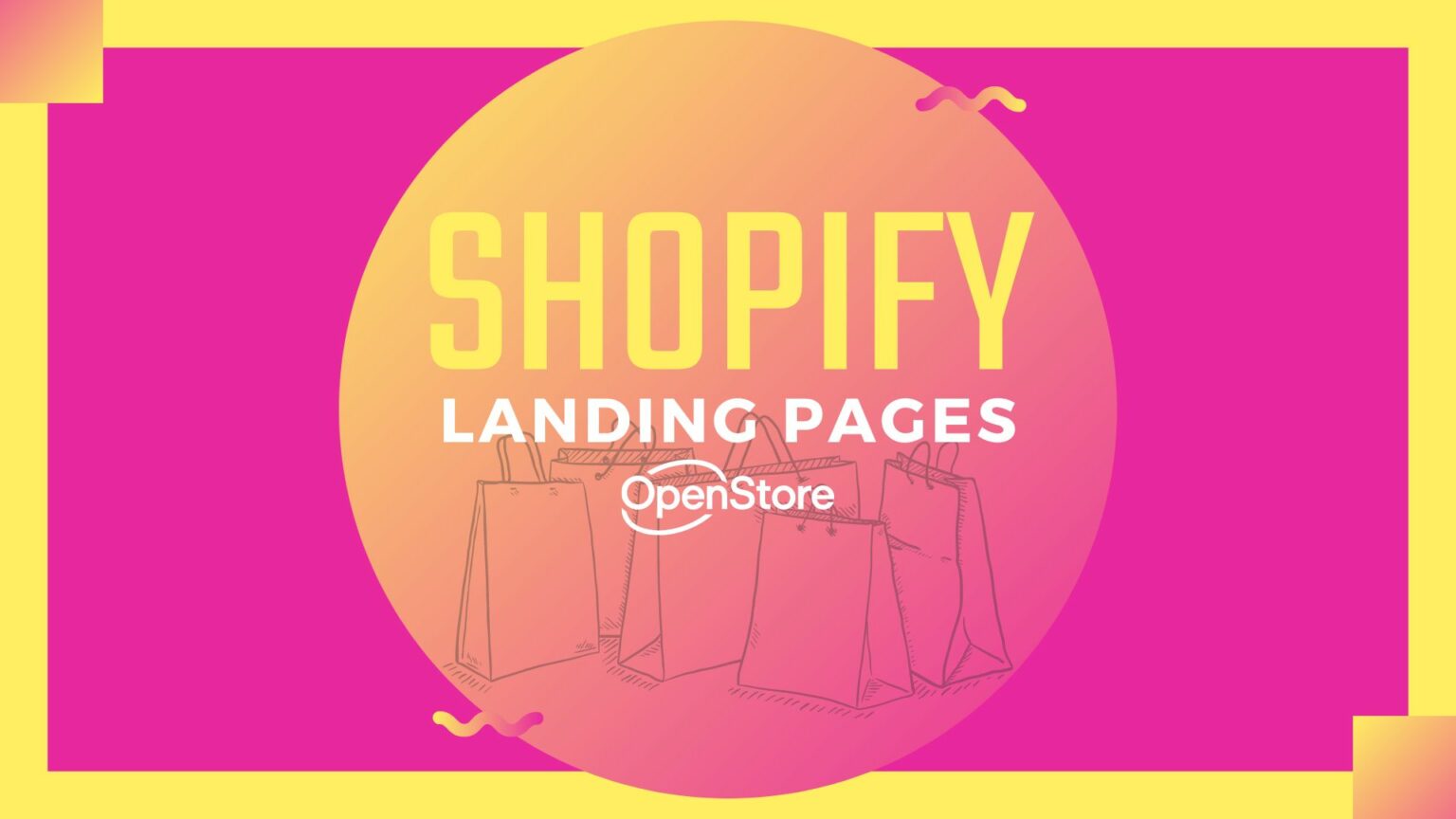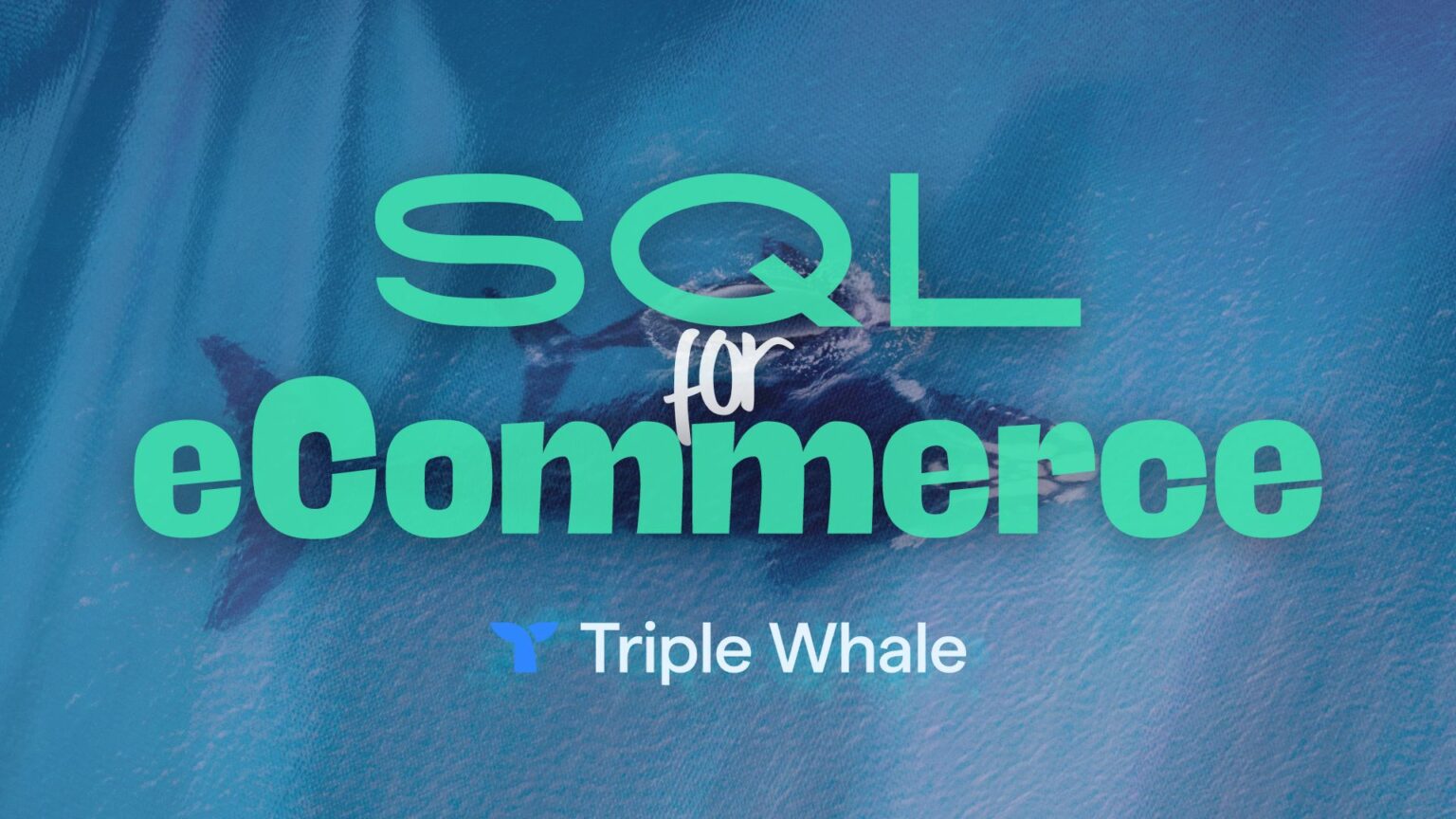
Building a Video Chatbot for Your Facebook Page
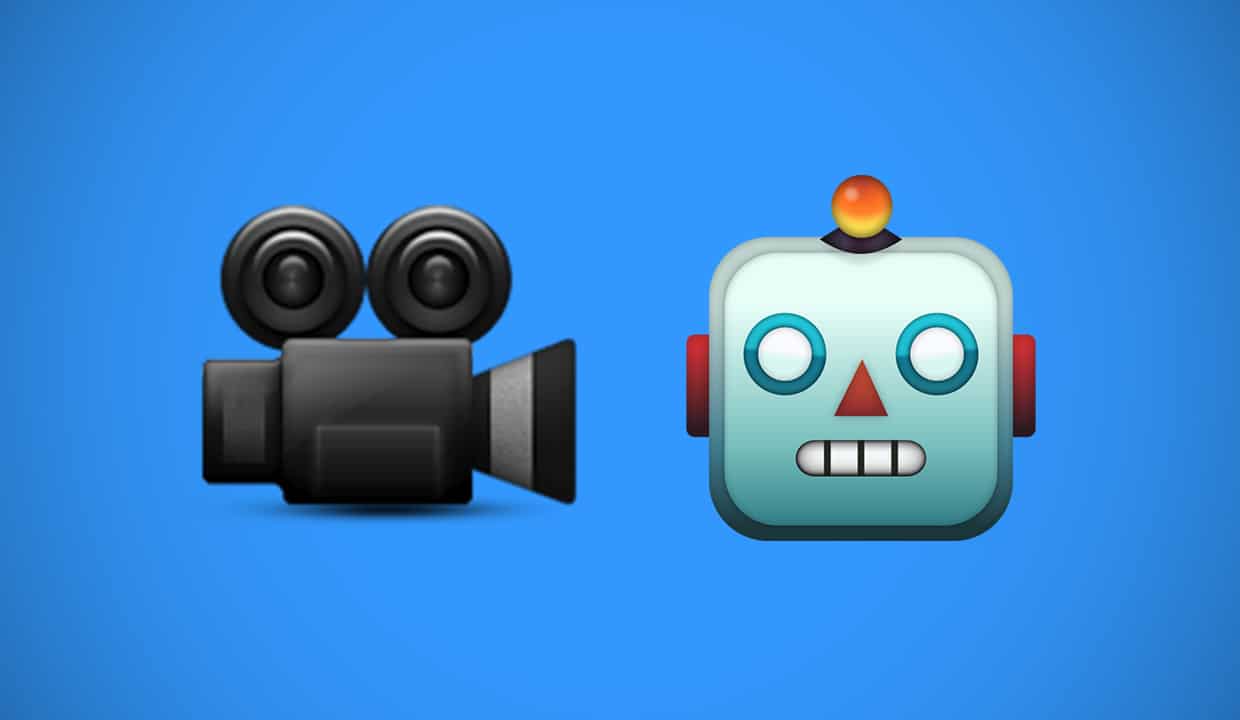

In this tutorial, I’ll teach you how to build a video chatbot for Facebook Messenger that will automatically convert users who message your business page into warm leads.
The ideal use cases for a video chatbot are lead generation and customer support, but this tutorial will focus exclusively on lead generation.
For context, the chatbot I’m building here is for a home cleaning service in Australia. The bot’s goal is simple: to qualify users and, based on their responses, provide them a free estimate of the services in question.
Step #1: Determine your qualifying questions
Firstly, you need to ask yourself: “What data do I need to capture from each user?”
In this example, I’ll need to collect the following information before the chatbot can give users an estimate.
- # of Bedrooms
- # of Bathrooms
- Phone Number
- Email Address
- Name of Suburb
Step #2: Map out your video chatbot’s flow
Now that you know what questions your chatbot will be asking users, it’s a good idea to visually map out the sequencing and logistics of the conversation.
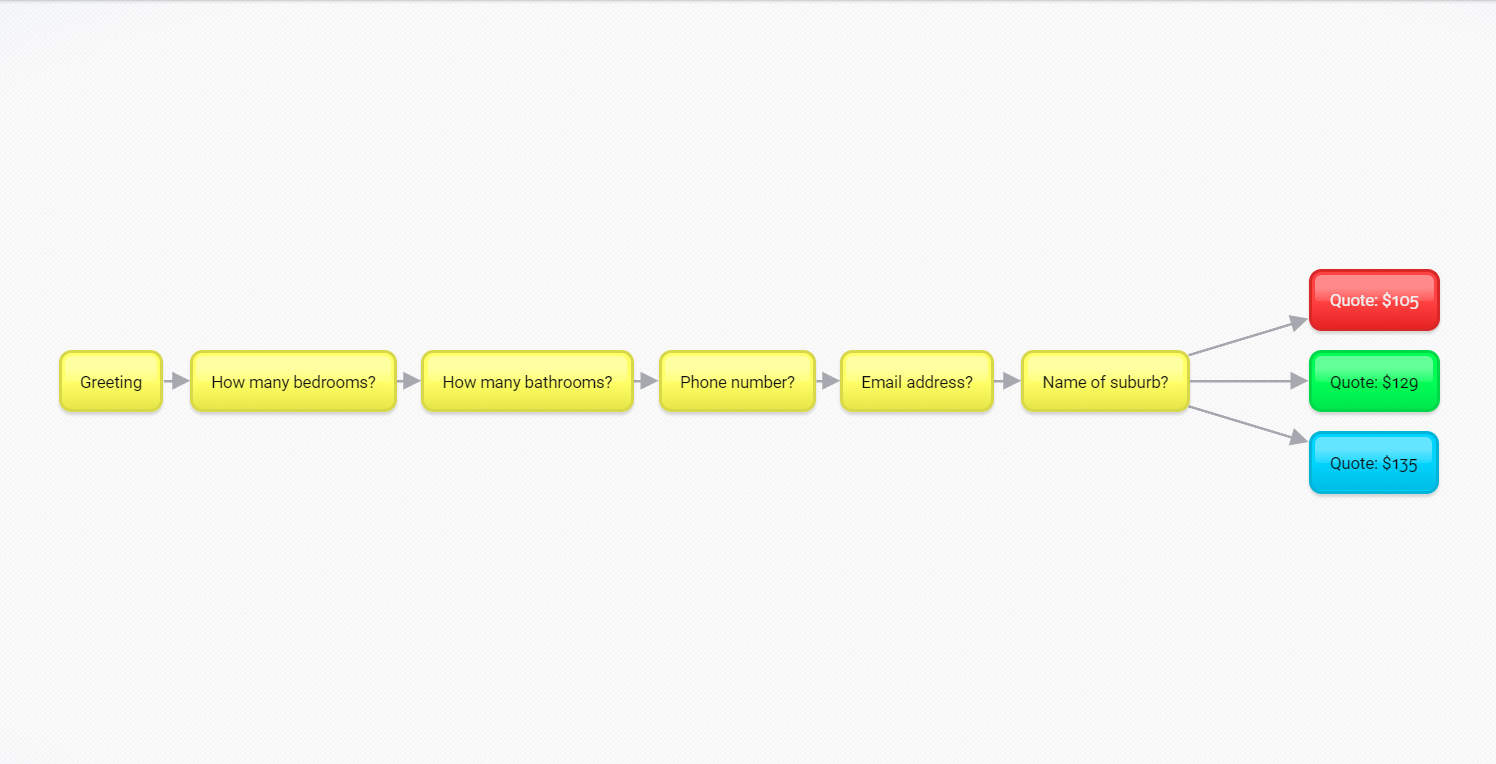
Each user’s number of bedrooms and bathrooms will determine the cost of their estimate.
Step #3: Write your video chatbot's script
At this point, let’s translate our basic flowchart into a full-fledged script for the narrator.
Remember to include a clear call-to-action at the end of each video clip. Users must enter an input before advancing to the next “field” of the lead gen form.
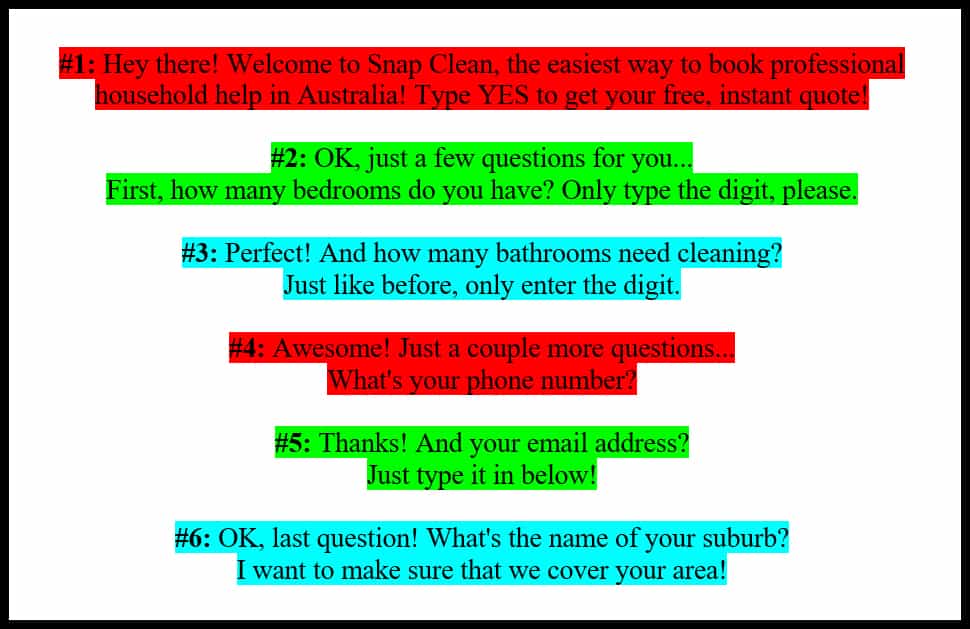
As shown above, it’s best practice to number each unique sound bite in the script. This will help us stay organized later when importing and matching our video clips in Chatfuel.
Lastly, I’ll write down every possible estimate outcome.
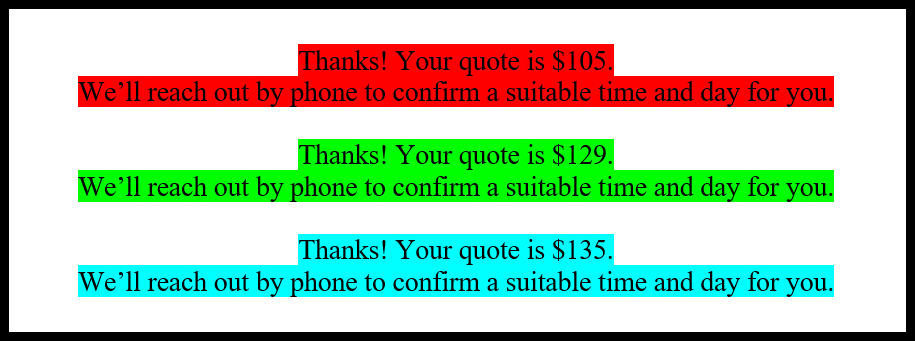
Step #4: Build your bot's flow in Chatfuel
Next, we’ll convert the script for our video chatbot into a functional user experience.
Since we don’t have any video clips recorded yet, let’s use text as placeholder content.
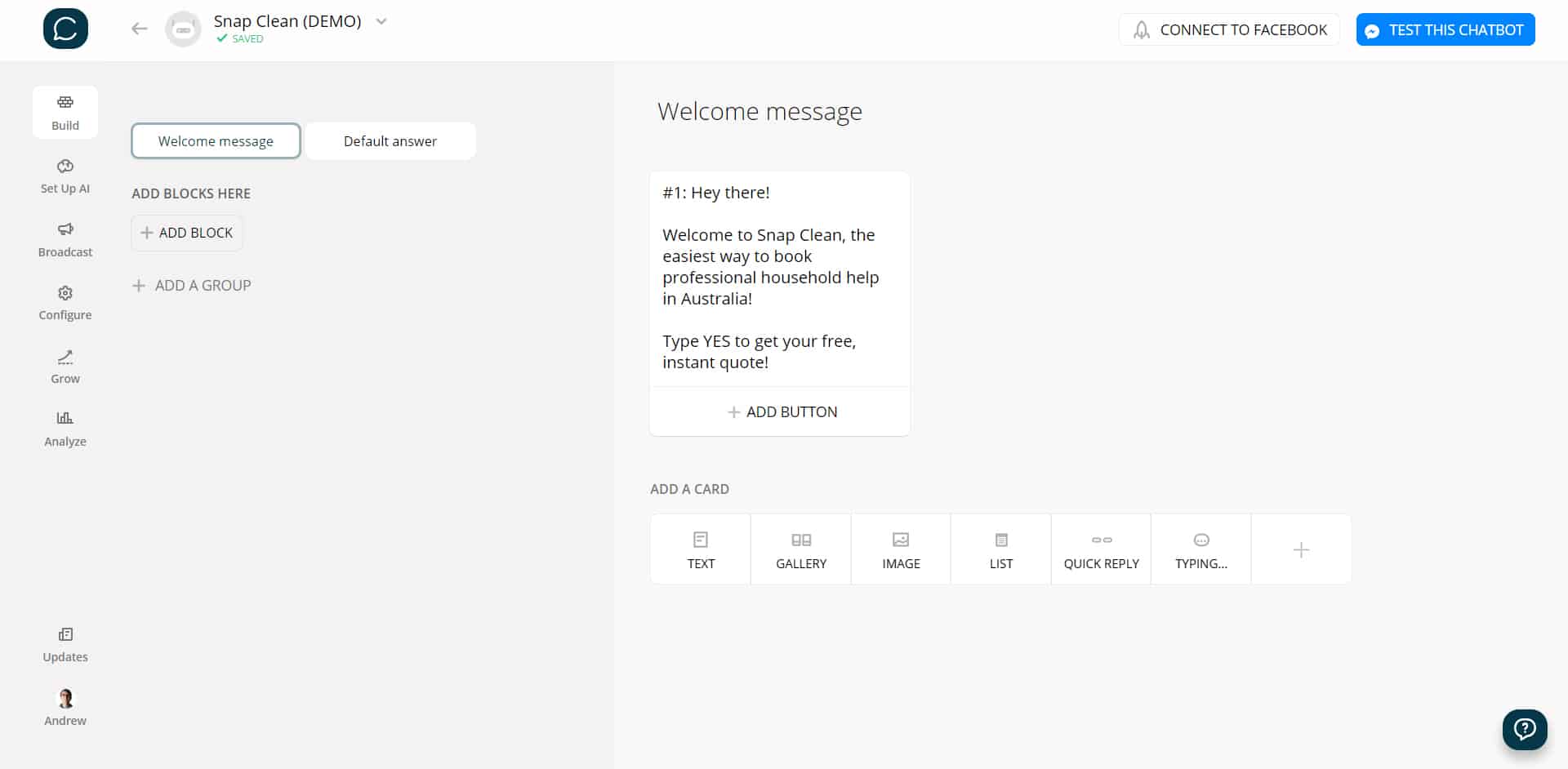
Ultimately, the goal of this step is to ensure your script is compatible with the user flow in Chatfuel.
You don’t want to record the whole script, then later realize it won’t make logistical sense in the bot.
Step #5: Set up user attributes
After creating a QUESTIONS block, which is where we’ll redirect users who type “yes,” add a USER INPUT plugin.
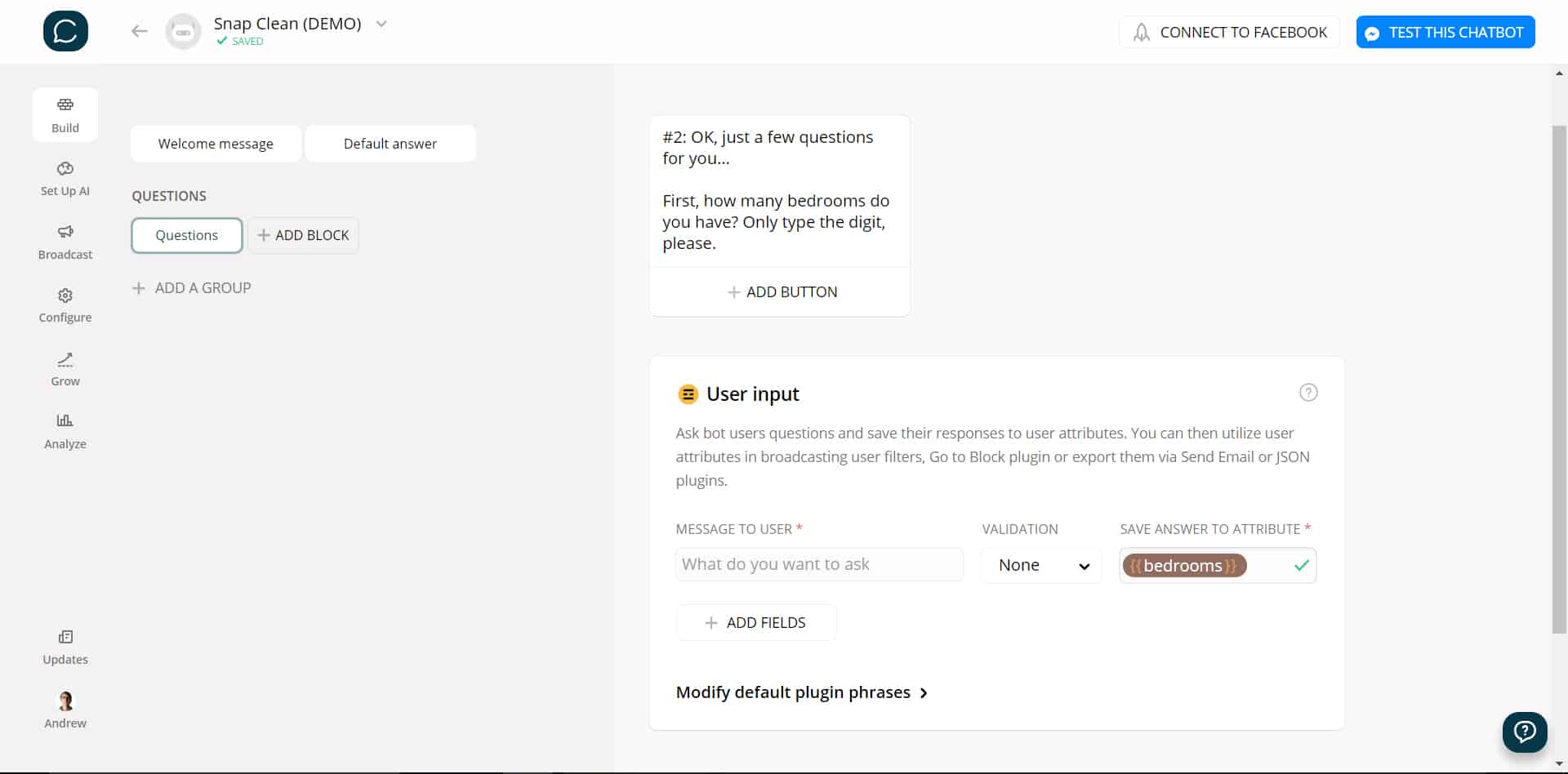
This plugin is the mechanism that will save users’ responses to specified variables, which we’ll eventually use to determine their personalized estimate.
Repeat this step for all your qualifying questions.
Step #6: Arrange “Go To Blocks”
So far, we’ve saved users’ answers to the qualifying questions. Now, we’ll define the conditions that determine who gets what estimate.
Here’s the estimate pricing chart I’m using for reference…
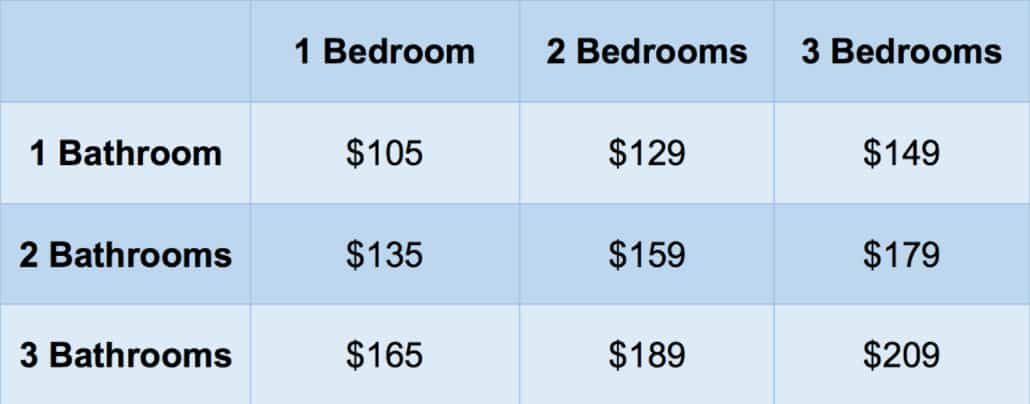
Let’s create a new block (e.g. $105) for each potential outcome.
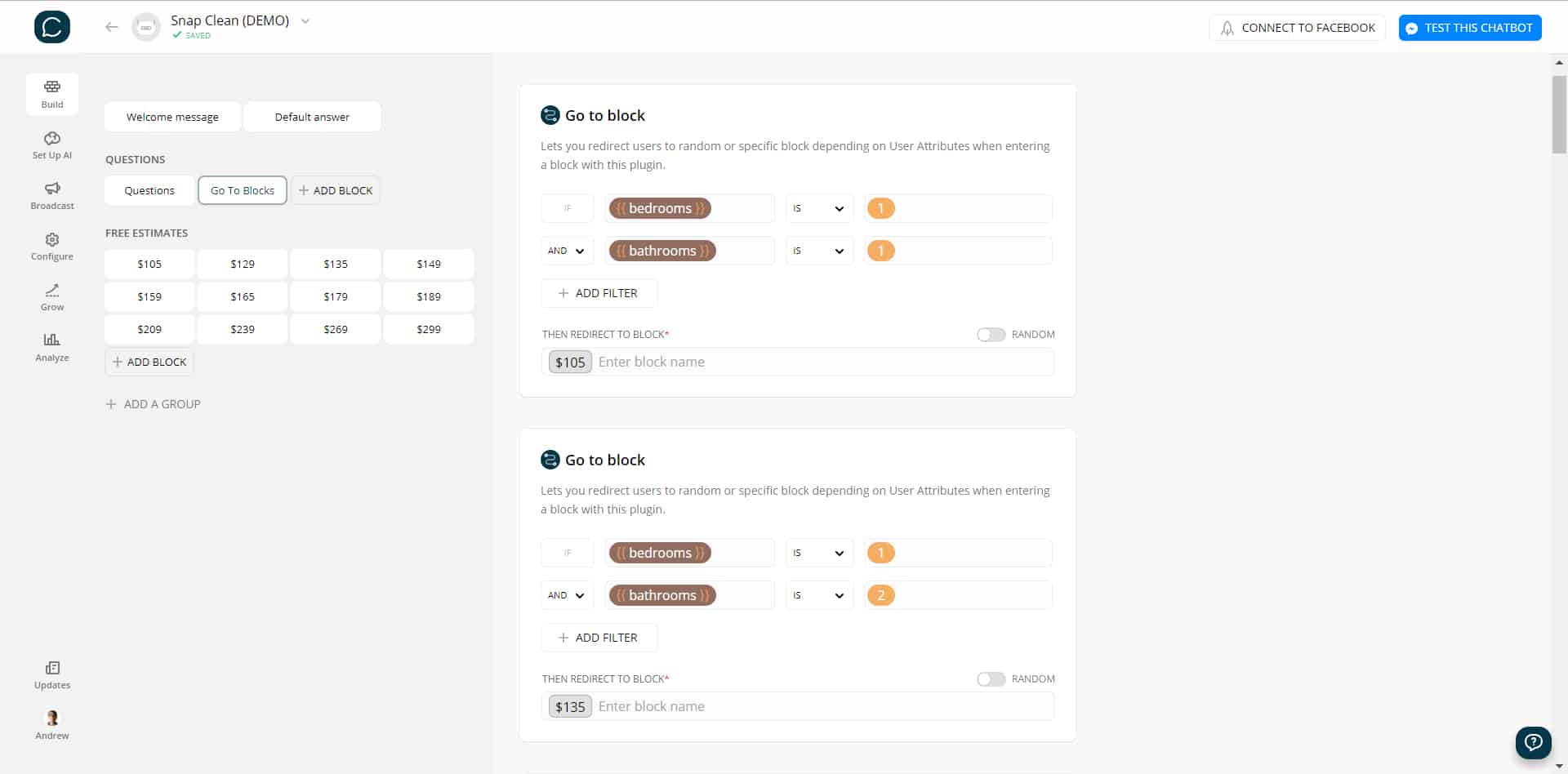
Step #7: Upload videos to Dropbox
After testing the placeholder bot to your satisfaction, upload your video clips to Dropbox.
Remember, renaming your video clips to match the script’s numbering system will expedite the next step!
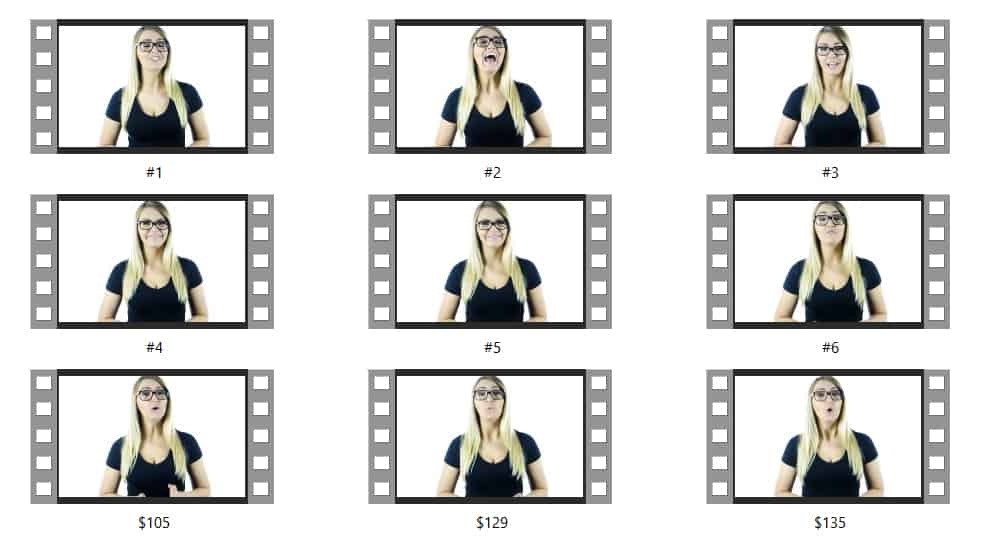
(NOTE: Each file must be < 25MB and in .mp4 format.)
Step #8: Add clips to Chatfuel
Finally, let’s substitute the placeholder text with our video clips! Add the VIDEO plugin.
Also, we need to replace the “www.” with “dl.” in the Dropbox URL.
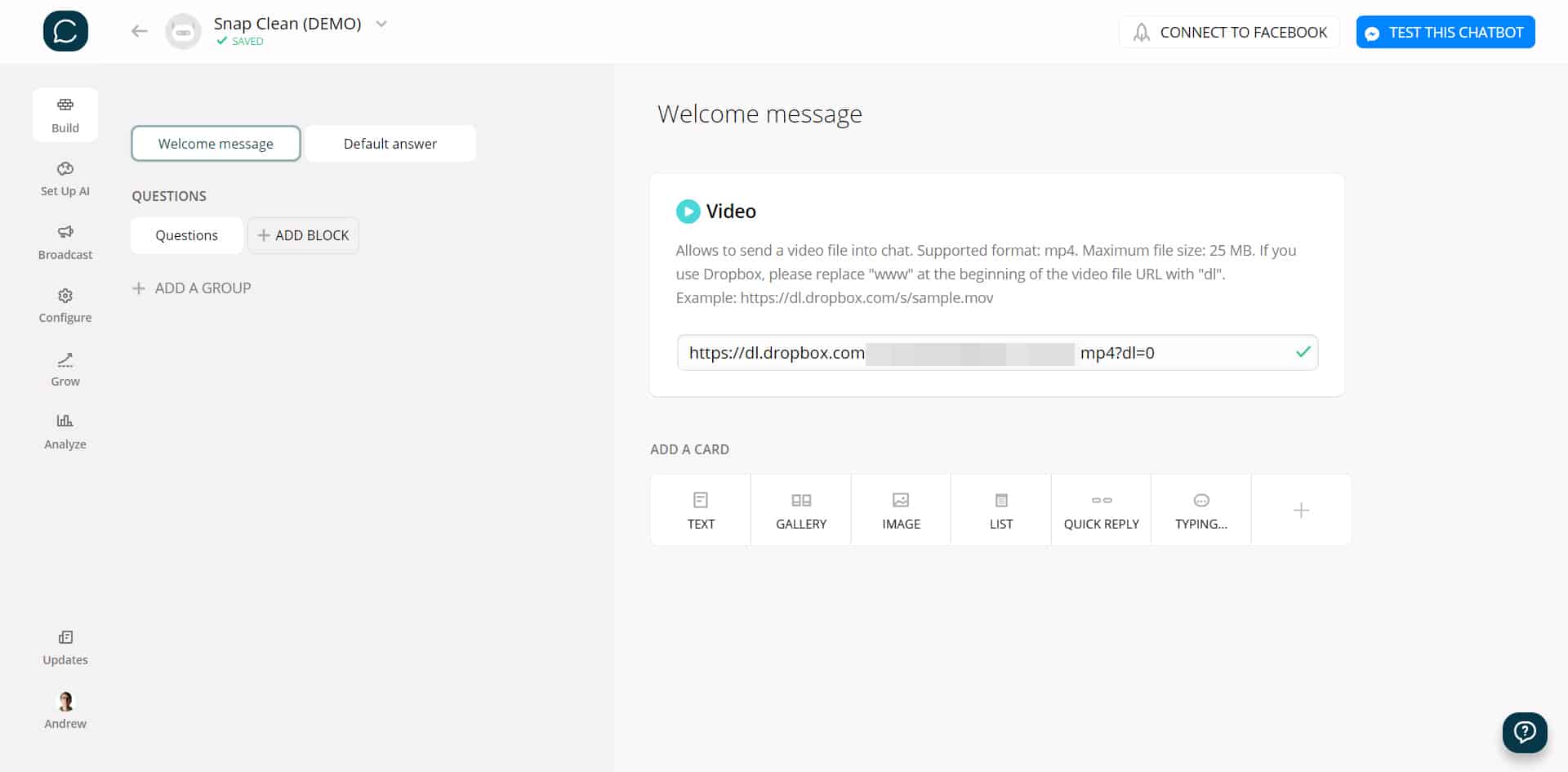
We’ll fetch each video’s URL in Dropbox by clicking “Share” and “Copy Link,” then pasting it into Chatfuel’s corresponding VIDEO plugin.
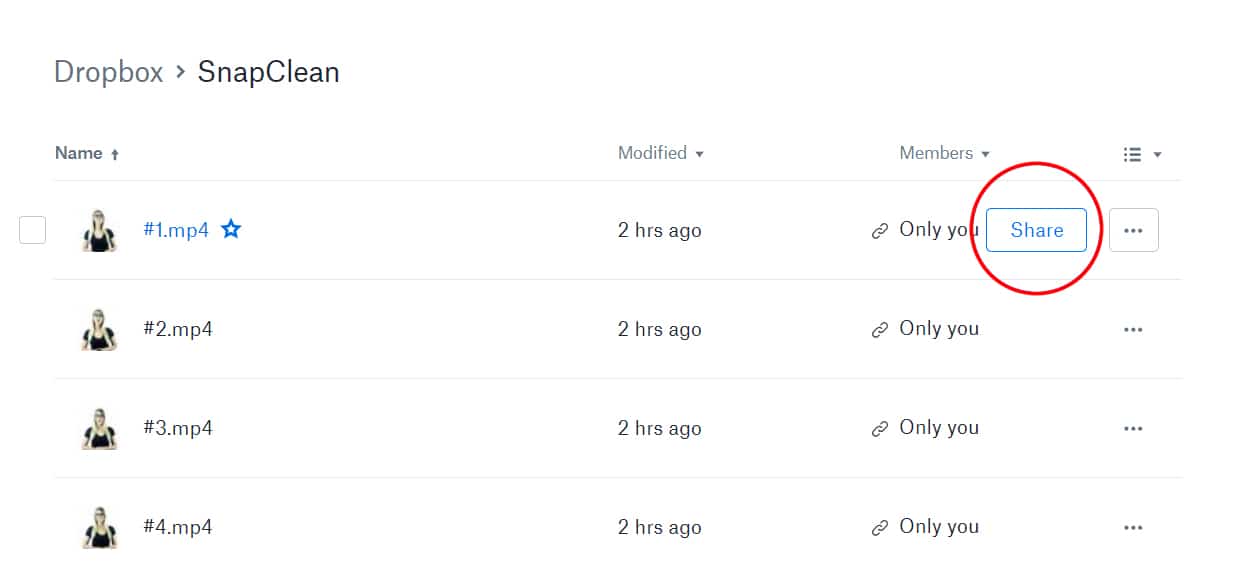
Repeat this process until you’ve replaced all your placeholder text with video clips.
Step #9 (optional): Sync new leads with your CRM
If you want to automatically sync new leads acquired from the video chatbot with your existing customer database (MailChimp, Active Campaign, Infusionsoft, etc.), then follow this tutorial.
Conclusion
Video chatbots open the door to new possibilities with Messenger marketing!
If deploying a robot assistant – who always works and never sleeps – to your Facebook business page wasn’t impressive enough, imagine what can now be done when combining the power of instant replies with the ethos and human touch of video…
How will you apply video chatbots to your brand and business model?




